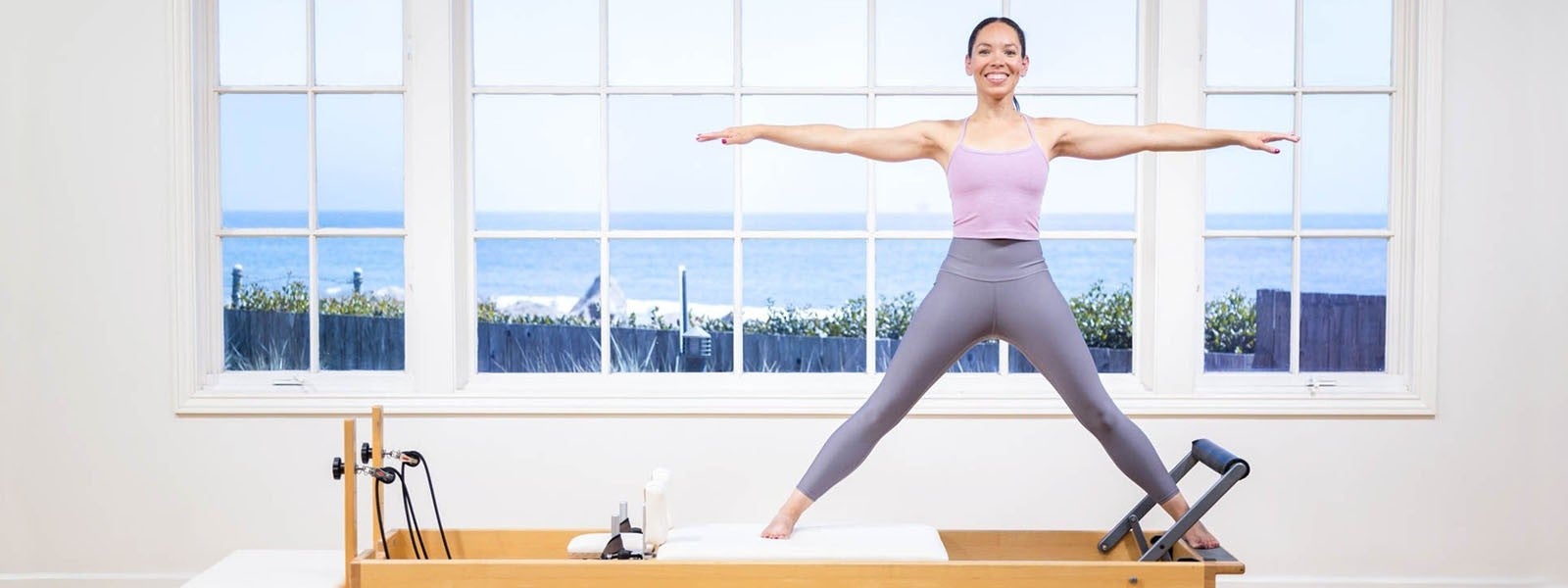
The Importance of Repetition in Pilates
Pilates is a system of exercises performed on the Mat as well as on a group of specially designed apparatuses. A Pilates session, whether in a group class or a private studio setting, involves a set of exercises, often performed in a particular order.
"What is practice? Practice means we do a behavior over and over again, until it gets better. So if we want to get better, we need to practice and we need to be consistent in our practice," says Karen Sanzo, a Pilates instructor, physical therapist who teaches at Pilates Unlimited in Dallas, Texas.
Building a Pilates Vocabulary
While innovative Pilates instructors continue to evolve and expand the repertoire, Joseph Pilates' 34 original Mat exercises are still the foundation of the work, particularly for instructors who teach what is known as the traditional style of Pilates. In addition to seeing the same body shapes recur in different iterations, you can expect an emphasis on core stability, balance, breathing, coordination, and precision of movement.
Does that mean Pilates is boring? Not at all. Do ballet dancers get to ditch the pliés and tendus at the barre once they become principal dancers? Nope. It's the same with Pilates. The repetition that is baked into the Pilates practice is what makes it a lifelong pursuit. Ask the octogenarians and even nonagenarians who are still taking weekly Pilates lessons. It's possible to keep discovering new layers and new connections (to our body and to the body of Joseph Pilates' work) over time.
A Balanced Workout, On Repeat
"For me, every session is a fresh opportunity, no matter how well we know the moves. The repetition of the Reformer and Mat order helps us create and strengthen neural pathways that move us towards balance and homeostasis," says Regina Santos, a Los Angeles, California-based Pilates instructor and life coach.
Santos explains that when we embody what we've learned in the work, we return to our best selves: strong, balanced, and practicing equanimity. The discipline prepares us to withstand the stressors and repetitive patterns that draw us out of balance, such as sleeping on one side, constantly looking down at our phones, or slouching at a desk. As a result of our practice, "We're able to and perform our daily tasks with strength, mobility, ease, and confidence," she says.
The repetition that is a hallmark of a Pilates practice regularly contributes to "a-ha moments" in which an exercise that seemed out of reach or simply incomprehensible suddenly makes sense. Feeling the muscular work required in one exercise can shed light on how to perform a more advanced version. The result? A practice that constantly meets you where you are, providing a fresh challenge whatever your level or experience.
Unpacking Your Pilates Toolbox
"In the Pilates method, we have so many places to work on different versions of the same exercises. Relating exercises to one another across all the apparatus in the studio can be a boon to learning," says Andrea Maida, a Solana Beach, California-based Pilates instructor.
"I love the problem-solving component of the work," says Santos. If one of her clients is getting stuck somewhere in their Reformer or Mat work, she brings them to one of the other apparatuses to help them see the connections in the work. That might look like teaching a client to deepen their round spine shape in Elephant (a Reformer exercise) by practicing related exercises on the Cadillac or the Wunda Chair.
"I also encourage clients to find ways they can reference the work in their daily lives," says Santos. "For example, can they bring the work of the Short Box Reach (a Reformer exercise) when they are reaching for something overhead in the closet or in the kitchen pantry?"
A Full Studio System
Ready to try it for yourself? Consider the similarities and differences between the following exercises:
- The Pull Up on the Wunda Chair
- Rolling Back on the Cadillac
- Roll Up on the Mat
- Elephant on the Reformer
- The Push Down on the Wunda Chair
Each of these exercises is a version of all the other ones, says Maida. They differ from one another in apparatus, level of support, connection to the spring, relationship to gravity, and starting position. As a result, incorporating repetition into your program speeds your progress, improves your proficiency, and deepens your understanding of the Pilates system.
Comments
No comments yet. Be the first!

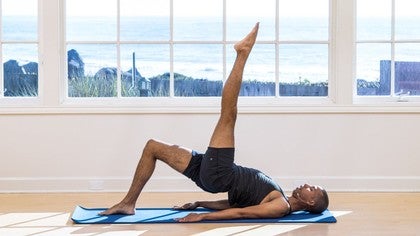
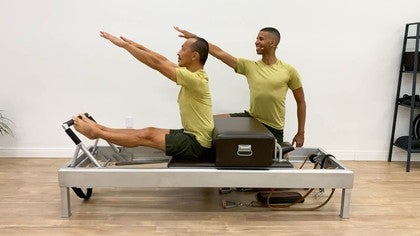
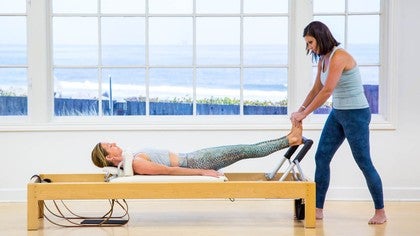

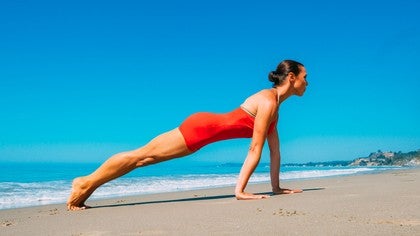

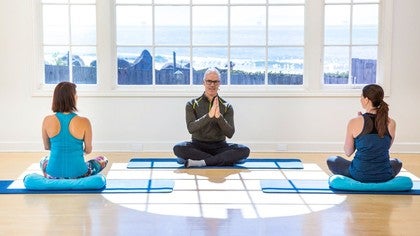

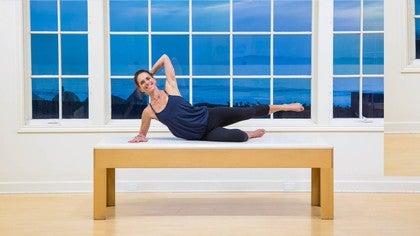
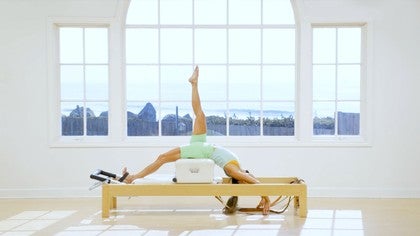


You need to be a subscriber to post a comment.
Please Log In or Create an Account to start your free trial.